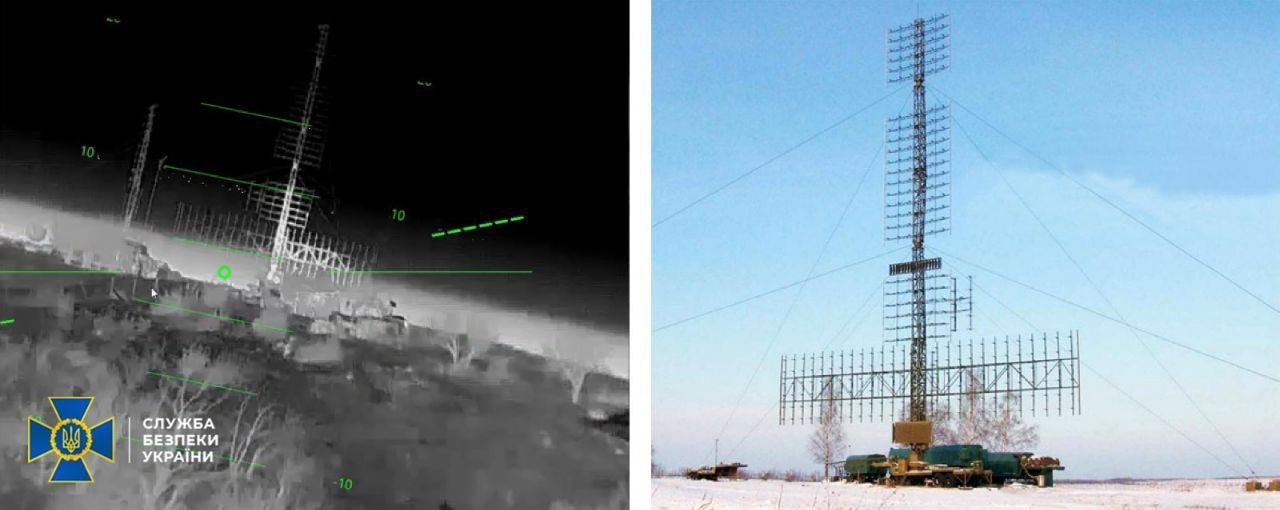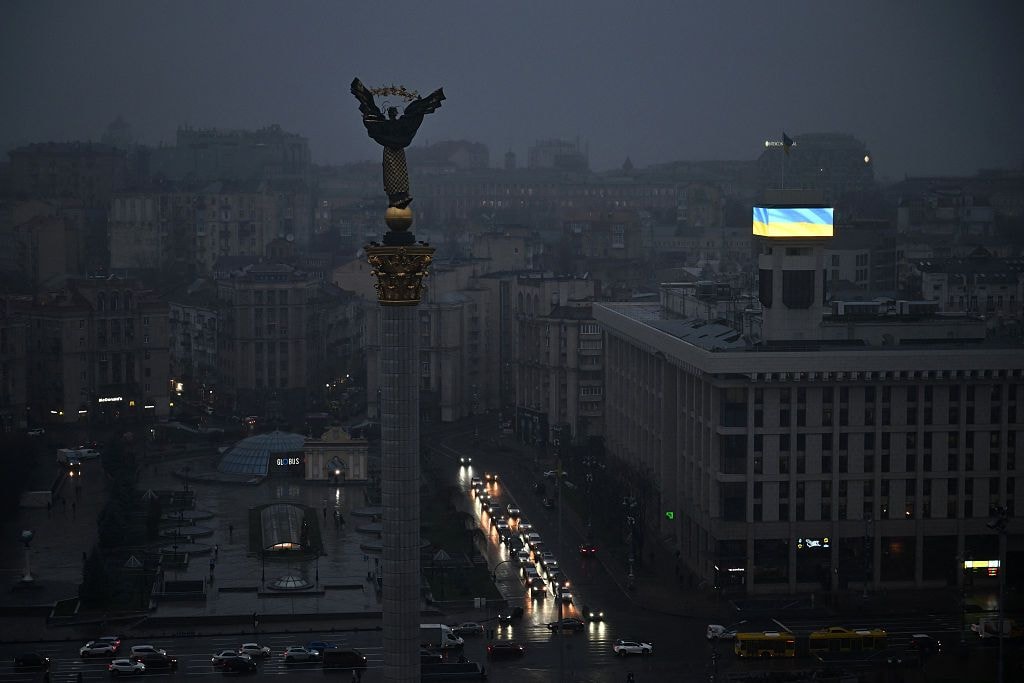EU moves toward plan to use profits from frozen Russian assets for arms for Ukraine

The EU moved closer on March 21 to finalizing the proposed plan to use profits from frozen Russian state assets to purchase weapons for Ukraine. Leaders from the 27 member countries agreed to move forward with the plan, but there are still details to be worked out.
The European Commission has proposed to use 90% of the profits to purchase weapons for Kyiv and allocate the remaining 10% to the EU budget to support Ukraine's defense industry. The proposed measure would allocate around 3 billion euros ($3.3 billion) to Ukraine per year.
Ukraine's Western partners and other allies froze around $300 billion in Russian assets at the start of the full-scale invasion in 2022, with roughly two-thirds held at the Belgium-based financial services company Euroclear.
EU countries such as Austria, which are militarily neutral, have expressed hesitation about the prospect of the funds being used to purchase weapons.
"For us neutral (countries), it must be ensured that money, for which we give our approval, is not spent on weapons and ammunition," Austrian Chancellor Karl Nehammer said on March 21.
It nonetheless appears as if some of the hesitation has been overcome, at least enough for the plan to proceed to the next step.
"I am confident that we can act very quickly," said European Council President Charles Michel.
Michel said that the concerns of neutral countries would be taken into consideration.
Ursula von der Leyen, the president of the European Commission, said that the first 1 billion euros ($1.09 billion) could be dispersed by July.













